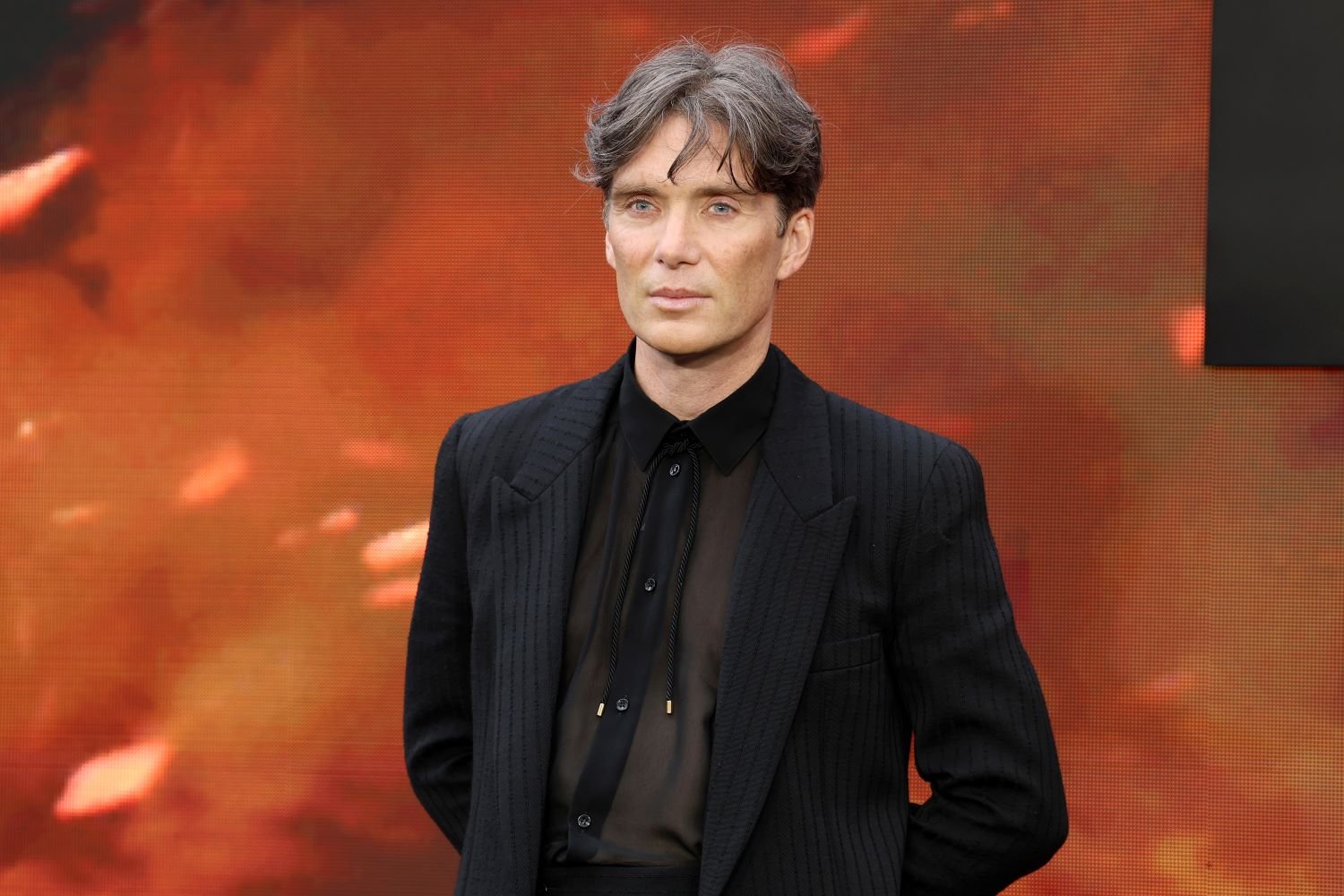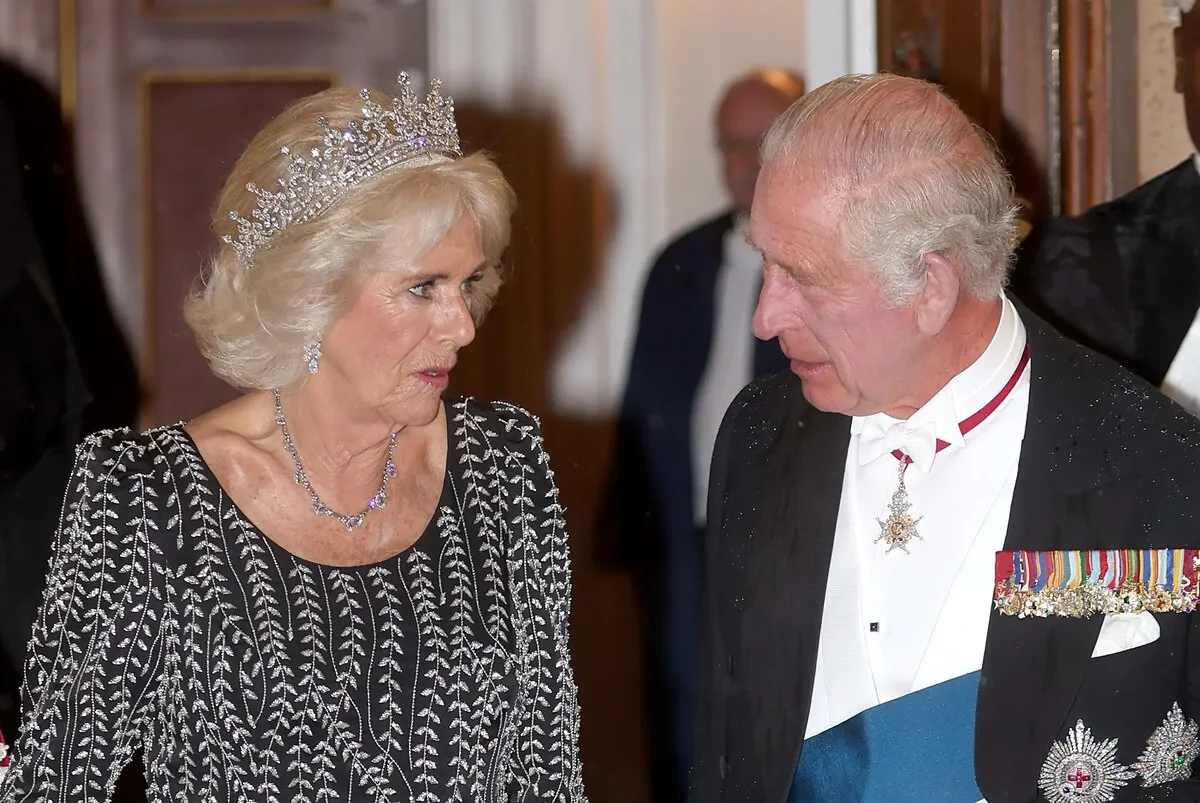
‘Oppenheimer’ Made 1 Big Mistake That Makes It Historically Inaccurate
Oppenheimer is one of the cinematic events of the year. Christopher Nolan’s latest film is wowing audiences with its stylish depiction of the events that led to the creation of the atomic bomb, the moral and political consequences of its use, and the complicated physicist at the center of it all. Amid all the fanfare, viewers have noticed one detail that appears to betray Oppenheimer’s commitment to the historical record.
‘Oppenheimer’ is a political thriller about the father of the Atomic bomb
Based on the book American Prometheus by Kai Bird and Martin J. Sherwin, Oppenheimer depicts the rise and fall of J. Robert Oppenheimer (Cillian Murphy), the nuclear physicist who led the Manhattan Project for the US government during World War II. The movie tracks his life from his time as an anxious student in the 1920s, creating and leading the team of scientists creating nukes in Los Alamos, New Mexico, and his interrogation during government hearings in the 1950s when Oppenheimer was forced to surrender his security clearance due to his previous associations with Communist party members.
A secondary plot line, shot entirely in black and white, focuses on Lewis Strauss (Robert Downey Jr.), the first chairman of the Atomic Energy Commission, and a confirmation hearing for commerce secretary that ultimately reveals Strauss’ complex and immature relationship with the titular scientist.
Oppenheimer is a biopic by definition, but Nolan avoids the stereotypical elements of the genre by moving at a blistering pace that makes every conversation fraught with tension, trusting the audience to pick up the necessary information as he ping-pongs between different timelines.
And when words don’t suffice, Nolan gets deep in his filmmaking bag to fix the viewer firmly in Oppenheimer’s worldview, using psychedelic visuals, clever sound design, and Ludwig Goransson’s discomfiting score to communicate Oppy’s fundamental unease with his place in the world.
Summer blockbusters tend to skew more optimistic than Oppenheimer ever does, but the film’s somber message has struck a chord with the chord, making over $577 million worldwide according to Box Office Mojo and being hailed as one of 2023’s best movies.
One scene appears to feature a production gaffe involving flags
Most of Oppenheimer lives up to Nolan’s reputation as an incredibly precise filmmaker, but there is one detail in the film that some viewers view as a mistake. (Minor spoilers to follow.)
During a scene set at a rally in 1945, Oppenheimer speaks to a crowd littered with attendees waving small American flags. But one user on the site formerly known as Twitter pointed out that the flags have the wrong number of stars on them.
As explained on CNN, the U.S. only consisted of 48 states at the time of the Oppenheimer scene. Alaska and Hawaii were granted statehood in 1959, but 50-star flags were not displayed until the following year. Considering how much work the movie puts into maintaining historical accuracy, it’s surprising that Oppenheimer would make it to theaters with such an error… unless it’s not an error at all.
Since most of the film is viewed from Oppenheimer’s perspective, some interpret the “wrong” flags as a sign that certain scenes are depicted as the physicist remembers them rather than how they really happened. The fact that another scene includes an accurate (and much larger) American flag could be seen as further evidence that Oppenheimer’s recollection of events is spotty or affected by his emotional state when certain events occurred.
The ‘Barbenheimer’ phenomenon brought crowds back to the theater
There’s more than enough substance in Oppenheimer to merit serious thought and consideration on its own, but it’s impossible to talk about the movie without acknowledging its relationship to Barbie. As soon as it was announced that the two movies shared the same release date, the internet seized on the opportunity to make memes out of the situation that eventually coalesced into “Barbenheimer”, a collective commitment to seeing both films on the same day.
Social media campaigns like this usually produce a lot of noise that signifies nothing, like when Sony got duped into re-releasing Morbius into theaters because people really liked making fun of Jared Leto. But in this case, the power of “Barbenheimer” was real and helped both movies become bigger box office hits than any analyst expected.
The two films combined to make over $244 million on their opening weekend, with $162 million coming from Barbie and $82.4 million for Oppenheimer. Theaters were packed with people excited to see projects from esteemed creatives crafting blockbusters in their own voices. In all likelihood, this is a one-off event. There are few directors with mainstream cache like Nolan and Greta Gerwig and the Hollywood strike shows that studios still aren’t interested in encouraging originality at a grand scale. But “Barbenheimer” shows that moviegoers are eager to obsess over new experiences on the big screen.


